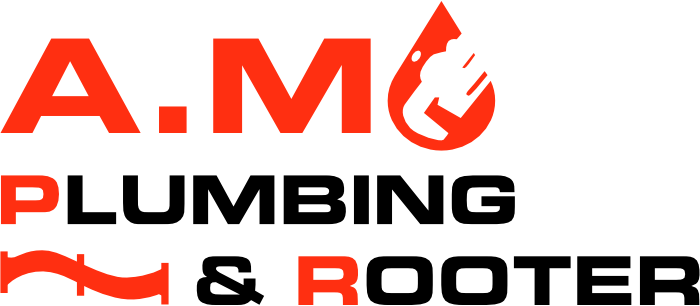Low-Flow Plumbing Fixtures: Facts vs. Myths

As a homeowner, you may be looking for ways to conserve water and save money in the long run. As you do so, you might have probably considered low-flow faucets, showerheads, and toilets. However, several myths surround these plumbing fixtures, which may keep you from making the switch. Read on as A.M Plumbing & Rooter, your dependable plumber in Murrieta, CA, shares the truth behind them.
1. Low-Flow Means Low Water Pressure
Many people think low-flow fixtures provide a weak, inefficient stream of water. This is especially a concern for showerheads, as some assume they won’t provide satisfying showers. While low-flow models deliver less water, they don’t actually compromise the water pressure. They inject air to achieve the required force and distribute water efficiently. Our plumbing company will help you choose the best low-flow fixture that suits your preferences.
2. Low-Flow Fixtures Won’t Provide Much Difference in Conserving Water
Low-flow faucets, toilets, and showerheads use less water than their standard counterparts. The difference may be hard to notice unless you think long-term. For instance, a low-flow toilet only uses 1.28 gallons of water per flush, while outdated models use 3.5 gallons per flush. On the other hand, a low-flow showerhead uses 2.5 gallons per minute (GPM), while many standard showers still flow at 4 GPM. Do some quick math, and you’ll realize how much you can save in plumbing services in a year.
3. Low-Flow Toilets Clogs More Easily
This was an issue when low-flow toilets were first released in the 1990s, prompting frequent plumbing repairs. However, the low-flow technology has significantly improved throughout the years, with toilets now more effective at flushing waste away. You can also choose dual-flush toilets that allow you to efficiently flush waste while saving water.
A.M. Plumbing & Rooter is more than happy to walk you through the features and benefits of low-flow fixtures. We also offer emergency plumbing services. Contact us today to schedule an appointment.

